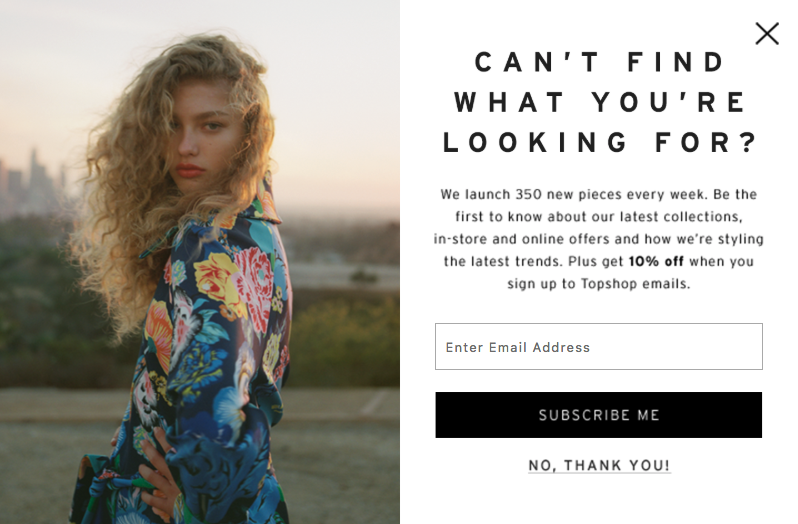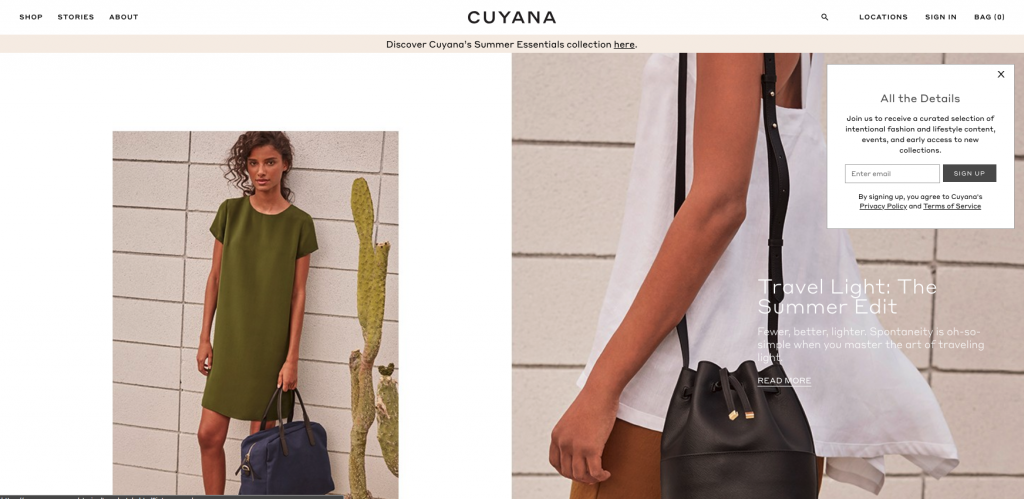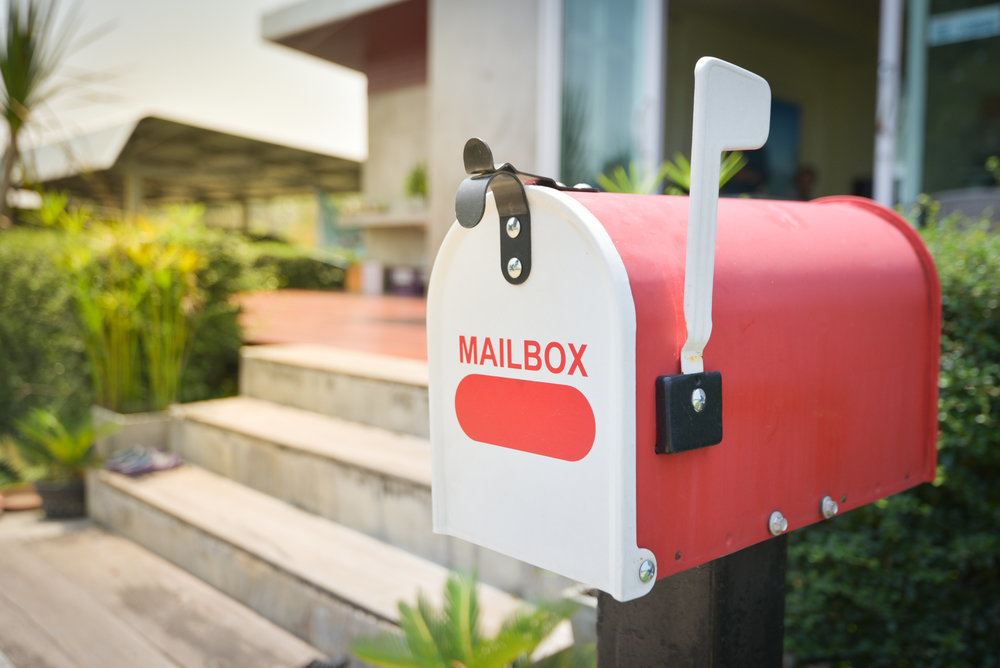The Best Way to Capture Emails on your Website

You’ve just created a brand new, beautifully designed website. You’ve gone through the hours of testing to make sure everything works. You have your launch date on the calendar. You can’t wait to begin building your customer base, and you already have few social posts ready to go.
But there is one important tool missing on the website: your email sign up form.
Now, maybe you’re thinking. “Emails?! I don’t have the time to write anything, and I don’t want to spam my customers’ inbox.”
While these may feel like viable excuses, you may be surprised to know that email marketing is still one of the most effective marketing strategies you can use to generate a quality return. Email users around the world will continue to grow from 3.7 billion users in 2017, to an expected 4.1 billion users in 2021.
Building your email list is equivalent to building an online following.
You’re gathering a group of loyal customers who are able to hear from you directly. Instead of your voice becoming lost in a sea of brands on social media, you are talking to them in private, one on one.
With email, you have all the control. When your customers see you in their inbox, even if they don’t read every word, they grow awareness of your brand. Over time, this makes them more likely to engage with you.
So now that you’re convinced of the value of email marketing, here are steps you can take to ensure you capture emails on your website in the most effective way.
Step 1: Create an Email Marketing Plan
Before you start adding features to your website that generate leads, solidify your goals and make a plan for you how you will follow up with those leads.
Try to set realistic and specific goals.
Example Goals:
- Gather emails to provide weekly updates to new and current subscribers, to create more sales.
- Convert new subscribers to becoming a loyal customer through special promotions and weekly content.
You may find you have different goals for segments of your audience, so it’s a good idea to start strategizing about how you can best reach them.
Example Strategies:
- Send a weekly email for all customers to be aware of the brand and direct them to read original content (blog articles, product reviews, videos) on your website, or purchase a product.
- Send a promotional email to users who first sign up to create loyal customers and generate sales.
Based on your goals and strategy for following up with your audience, we then want to choose the medium for how you can capture emails on your website.
Step 2: Create a Tempting Email Sign Up
When having your team or developer create a way for your users to sign up, consider the following important factors:
- Make the sign-up user-friendly
- Make it simple to fill out
- Less content is more content
- Provide some kind of incentive
- Have a clear call to actions and visible buttons and input fields
- Have a clear explanation for any data you’re storing
Depending on your goal, some here are two types of sign-ups that might work for you.
Sign-Up Fields
This a great option if you have a site that’s more informational, if you don’t plan to send emails often, or if you’re on a small budget.

Newsletter sign-up fields in the header or footer can be a simple, non-intrusive way to gather emails. Add some incentive text, like “Free Blog updates” or “Weekly How To’s” to gain interest from your audience.
Pop-Ups
A pop-up is also a great way to grab attention. Be aware though, that some users feel pop-ups can be annoying and disruptive to their experience.
To help users engage with your pop up, try having it appear when a user has scrolled to the end of the page or has been on the site for around 60 seconds. This ensures the user has had time to get to know your content and is more likely to subscribe to your newsletter.
If you have an eCommerce site, it may be beneficial to offer a promo code or discount for first-time sign-ups.

You can even have your pop up appear off to the side likeCuyana does on their website, which is less disruptive and allows the user to still see content.

Step 3: Test, Then Test Some More
Once you’ve gathered your subscribers, review how many people are signing up per day or month via your email sign up.
If people are having a hard time signing up for emails on your site you may want to test out other ways to increase conversion. Is the sign-up field or pop-up easy to use and close out? Is your incentive interesting enough for people to sign up?
Getting people to sign up for your email list is only a fraction of email marketing.
Remember to review your email analytics if using a platform like Mailchimp.
Is the open rate consistent?
Are people engaging with the content of the email and clicking the links you provide?
Finally, take note of your customers feedback and work toward a balance of meeting their interest and pursuing your marketing goals. Be open to changing your process or goals over time to maximize conversion rates and test a variety of options to hone in on your market.
Email marketing is a powerful tool for your brand to be able to connect with your audience. It provides a way to directly communicate with them and build a relationship. If you’re ready to launch your new website, remember to spend time strategizing how you can use email marketing for your customer and your brand’s benefit.




